Starlink: Revolutionizing Global Internet Connectivity
Starlink, a satellite internet constellation developed by SpaceX, is transforming global internet access by providing high-speed, low-latency internet to underserved and remote areas worldwide. This blog explores how Starlink works, its advantages, limitations, and its potential to revolutionize the future of global internet connectivity. We also take a closer look at the various service plans available for residential and business users.
As the demand for fast, reliable internet grows, millions of people in rural and underserved areas still struggle with poor connectivity. Enter Starlink, a satellite internet constellation developed by SpaceX, which aims to provide high-speed, low-latency internet across the globe. Spearheaded by Elon Musk, Starlink promises to bridge the digital divide by reaching places where traditional internet infrastructure is not feasible.
What is Starlink?
Starlink is a network of thousands of small, low Earth orbit (LEO) satellites working together to beam internet signals down to users on the ground. These satellites form a constellation, constantly orbiting the Earth at lower altitudes than traditional satellites, which helps reduce latency and provide faster data transmission.
Starlink's mission is to bring reliable internet access to areas that have historically had poor or no connectivity, including rural, remote, and underserved regions. It also aims to complement existing networks in urban areas to help ease congestion.
How Starlink Works
Starlink operates by using user terminals, also known as satellite dishes, that are installed at homes or businesses. These terminals communicate with the overhead Starlink satellites to send and receive data. The signal is then transmitted back to ground-based gateways connected to the broader internet infrastructure.
Here’s a simplified breakdown of how the system works:
- User terminals on the ground connect to nearby satellites.
- Satellites communicate with each other and relay signals to ground stations.
- The signal is processed through these stations and sent back to the internet backbone.
Unlike traditional satellite internet, which operates with higher latency due to the great distance between satellites and Earth, Starlink’s LEO satellites orbit closer to the planet, significantly reducing latency and improving performance.
Advantages of Starlink
-
Global Coverage:
Starlink provides internet access to even the most remote corners of the world, making it possible for people in rural or isolated areas to access high-speed internet for the first time. -
High-Speed Internet:
Starlink offers internet speeds ranging from 50 Mbps to 150 Mbps, with latency between 20 and 40 milliseconds, which is competitive with traditional broadband services. Future improvements could further enhance speeds as more satellites are launched. -
Low Latency:
Unlike traditional geostationary satellites that orbit much higher, Starlink’s low Earth orbit design reduces latency, making it suitable for activities like online gaming, video conferencing, and real-time data streaming. -
Easy Installation:
The user terminals are self-installable, making it easy for users to set up without needing a technician. The system can be operational with a simple "plug and play" model. -
Disaster Recovery:
Starlink’s network can be a critical asset during natural disasters when traditional communications infrastructure may be damaged or destroyed, providing internet access in affected regions.
Limitations of Starlink
While Starlink offers many benefits, it also comes with some challenges:
-
Cost:
The initial cost for the Starlink kit (which includes a satellite dish and modem) can be expensive, around $500, with a monthly subscription fee of $99. This could be out of reach for some users in lower-income regions. -
Coverage Gaps:
Although Starlink is expanding rapidly, there are still regions where coverage is unavailable, particularly in densely populated urban areas where satellite visibility may be obstructed by buildings or trees. -
Weather Interference:
Like other satellite-based systems, Starlink’s performance can be affected by severe weather conditions like heavy rain or snow, which can degrade signal quality. -
Astronomical Concerns:
The large number of satellites in Starlink’s constellation has raised concerns among astronomers, who worry that the satellites could interfere with space observations and cause light pollution.
Service Plans
Starlink offers various service plans designed to cater to different needs, both for personal and business users.
Personal Service Plans
Residential (Best for Households)
-
Key Features:
- Unlimited Data
- Fixed Location
-
Monthly Service Plans:
- Residential – 50GB: KES 1,300/month
- Residential Lite: KES 4,000/month
- Residential: KES 6,500/month
Note: Residential Lite users are prioritized behind Residential users and may experience slower speeds during peak hours.
Roam (Best for RVs, Nomads, Campers)
-
Key Features:
- Countrywide Coverage
- In-motion Use
- International Travel
- Coastal Coverage
- Pause Service
-
Monthly Service Plan:
- Roam (Unlimited): KES 14,000/month
Note: Users on Roam 50GB are limited and pay per GB for additional data.
Boats (Best for Maritime, Emergency Response, Mobile Businesses)
-
Key Features:
- Unlimited Inland Data
- In-motion & Ocean Use
- Network Priority
- Priority Support
-
Monthly Service Plans:
- Mobile Priority (50GB): KES 34,910/month
- Mobile Priority (1TB): KES 139,642/month
Business Service Plans
Fixed Site (Best for Businesses & High-Demand Users)
-
Key Features:
- Unlimited Standard Data
- Public IP
- Network Priority
- Priority Support
-
Monthly Service Plans:
- Priority (40GB): KES 8,000/month
- Priority (1TB): KES 13,572/month
- Priority (2TB): KES 27,144/month
Unlimited standard data after priority allotment. Additional priority data is available by the GB.
Land Mobility (Best for Maritime, Emergency Response, Mobile Businesses)
-
Key Features:
- Unlimited Inland Data
- In-motion & Ocean Use
- Network Priority
- Priority Support
-
Monthly Service Plans:
- Mobile Priority (50GB): KES 34,910/month
- Mobile Priority (1TB): KES 139,642/month
- Mobile Priority (5TB): KES 698,212/month
Additional mobile priority data available by the GB.
Maritime (Best for Maritime, Emergency Response, Mobile Businesses)
-
Key Features:
- Unlimited Inland Data
- In-motion & Ocean Use
- Network Priority
- Priority Support
-
Monthly Service Plans:
- Mobile Priority (50GB): KES 34,910/month
- Mobile Priority (1TB): KES 139,642/month
- Mobile Priority (5TB): KES 698,212/month
Additional mobile priority data available by the GB.
Frequently Asked Questions
1. How much is Starlink internet?
The cost for Starlink internet service varies depending on the plan chosen. The initial cost for the Starlink kit is approximately $500, with monthly subscription fees around KES 1,300 for the basic residential plan, going up to KES 139,642 for higher capacity business plans.
2. Is Starlink a Wi-Fi or internet?
Starlink provides internet service, which can be used to create a Wi-Fi network in your home or business. Once you have the Starlink terminal set up, it connects to the satellites to provide internet access, which can then be shared via Wi-Fi.
3. Is Starlink faster than fiber?
Starlink can offer speeds comparable to fiber-optic internet, typically ranging from 50 Mbps to 150 Mbps. However, fiber internet can reach much higher speeds and generally has lower latency. In many cases, fiber remains the fastest option available, especially in urban areas.
4. How many GB is in Starlink per month?
Starlink does not impose a strict data cap; users can access unlimited data. However, some specific plans (like the Residential Lite plan) may have data priorities that affect speed during peak usage times.
5. Does Starlink have unlimited data in Kenya?
Yes, Starlink offers unlimited data options in Kenya. However, specific plans may prioritize users differently, impacting speeds during peak hours, especially for those on lower-tier plans.
The Future of Starlink
With plans to launch thousands more satellites, Starlink has the potential to become a dominant player in the global internet landscape. The service could revolutionize industries reliant on connectivity, such as education, healthcare, and agriculture, particularly in remote regions.
Furthermore, SpaceX’s long-term goal is to use the revenue generated by Starlink to fund its ambitious space exploration projects, including missions to Mars.
Conclusion
Starlink is poised to transform how we think about internet access, making fast, reliable connectivity available to virtually every corner of the globe. While it is still in its early stages, with ongoing improvements and expansions, Starlink could change the future of internet connectivity, offering a lifeline to millions of people in remote areas who have long been disconnected from the digital world.
Starlink is not just another satellite internet service—it's a bold step toward bridging the global digital divide, providing hope for improved communication and development across the world.
What's Your Reaction?







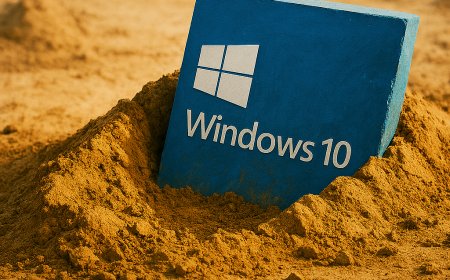








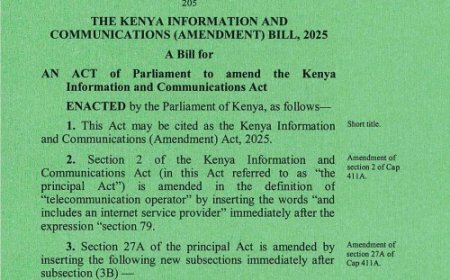



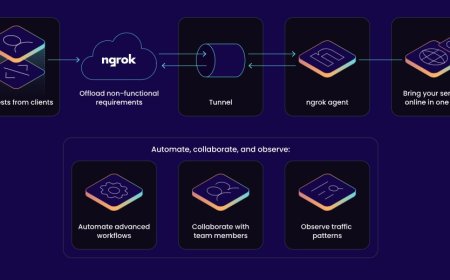







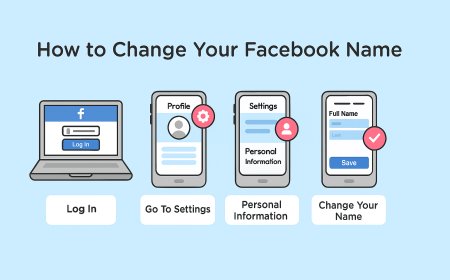
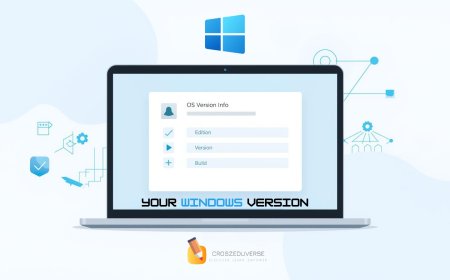
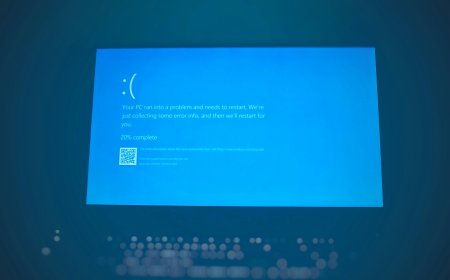


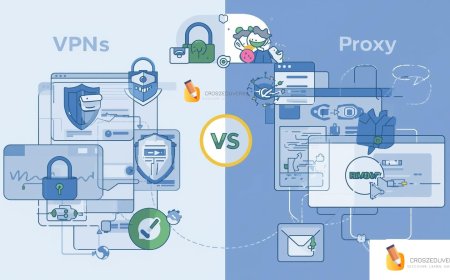


![2024 Social Media Image Sizes for All Networks [CHEATSHEET]](https://blogs.amospeter.co.ke/uploads/images/202406/image_430x256_666ad3fcd2380.jpg)














